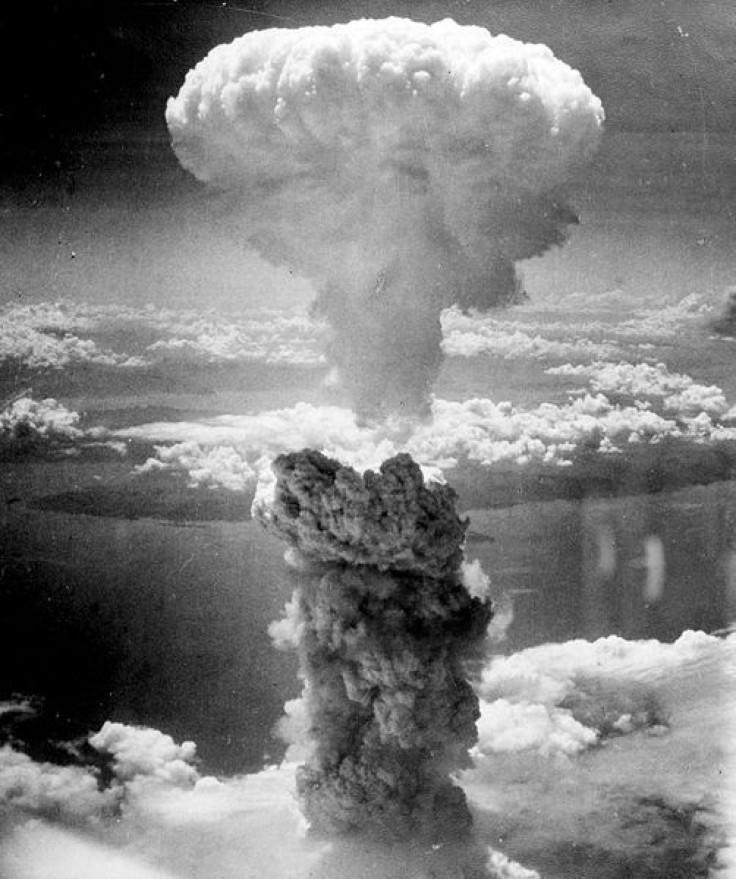Nagasaki Bombing History, 67th Anniversary Observed By Thousands In Japan

As Japan observed the 67th anniversary of the U.S. atomic bombing of Nagasaki Thursday, Japanese officials promised they would strive for a society much less reliant on nuclear energy. The Associated Press reported that around 6,000 people met at a park that was ground zero of the 1945 attack.
The sad anniversary also brought to mind the March 2011 earthquake and tsunami that crippled the Fukushima nuclear power plant.
The first U.S. atomic bomb was dropped on Hiroshima on Aug. 6, 1945, and killed around 140,000 people. The second bomb was dropped on Nagasaki three days later killed 70,000 on impact. In both cities, many more died later from the effects of radiation. American soldiers gave the Hiroshima bomb the name "Little Boy" and the plutonium bomb that fell onto Nagasaki was nicknamed "Fat Man."
An area of the city distancing about seven square kilometers (2.6 square miles) was completely wiped out. The History Channel reported that the first bomb destroyed 90 percent of Hiroshima.
On Aug. 15, 1945, Emperor Hirohito said the Japanese would surrender unconditionally because of "a new and most cruel bomb."
For the first time, the U.S. sent its ambassador to Nagasaki on the anniversary and his deputy was present at the memorial ceremony. Clifton Truman Daniel, whose grandfather, President Harry S. Truman, ordered the bombings, was also present.
Prime Minister Yoshihiko Noda spoke and called for the abolition of all nuclear weapons, according to the AFP. Euronews reported that Nagasaki Mayor Tomihisa Taue reminded those present that almost 20,000 nuclear weapons exist in the world today.
© Copyright IBTimes 2024. All rights reserved.











